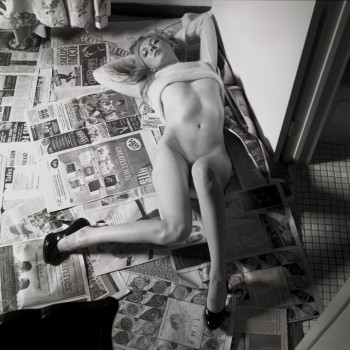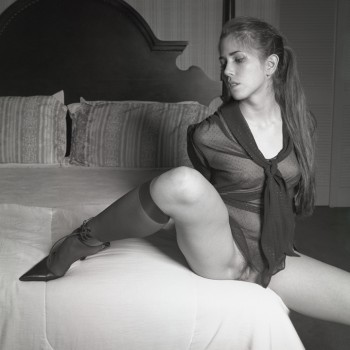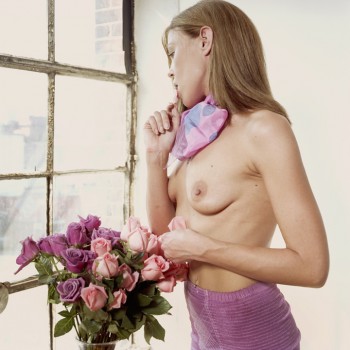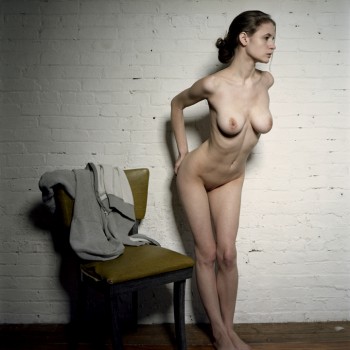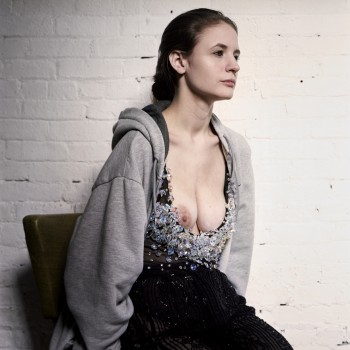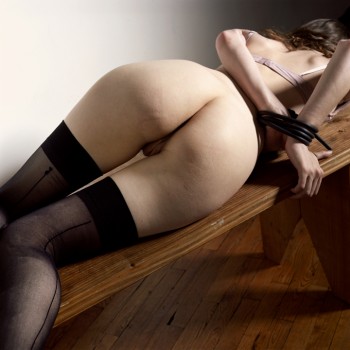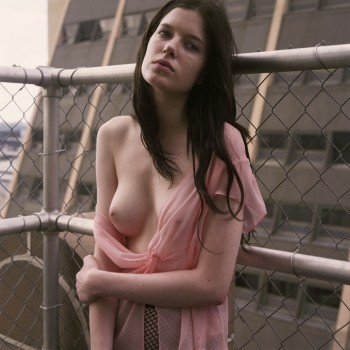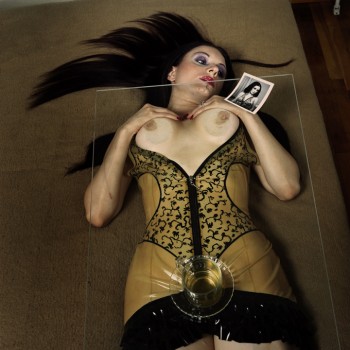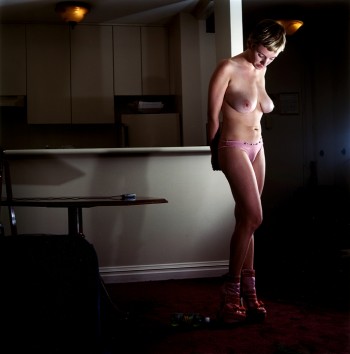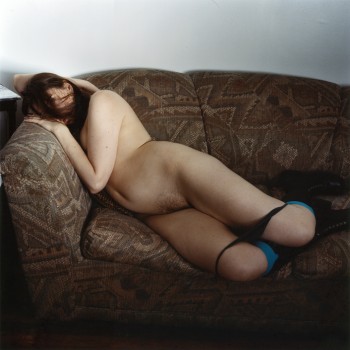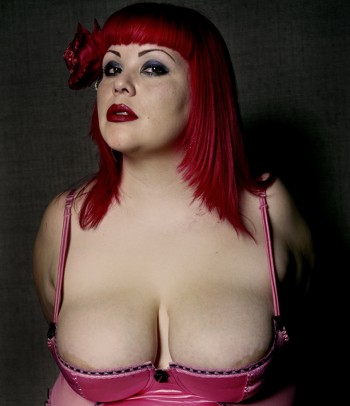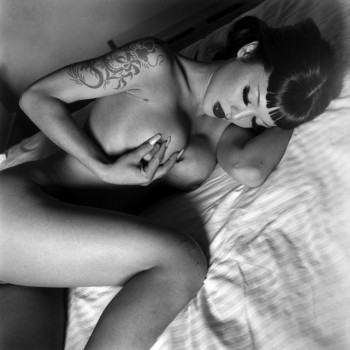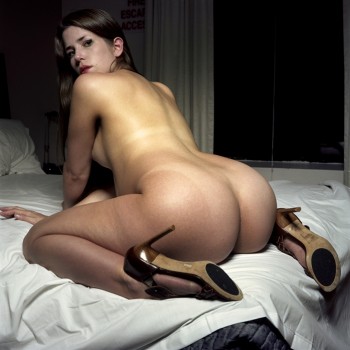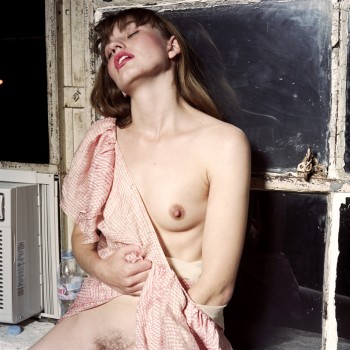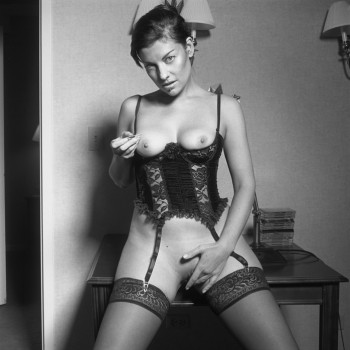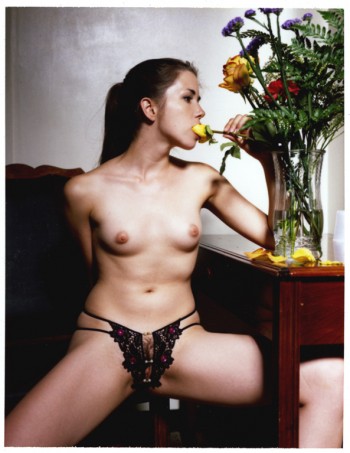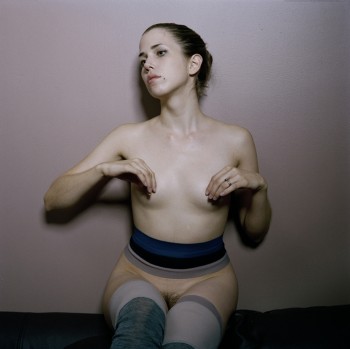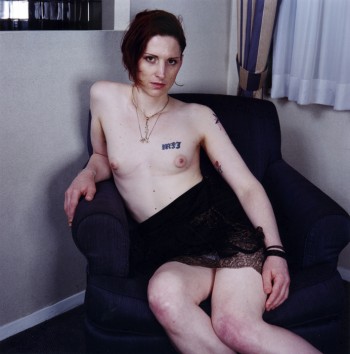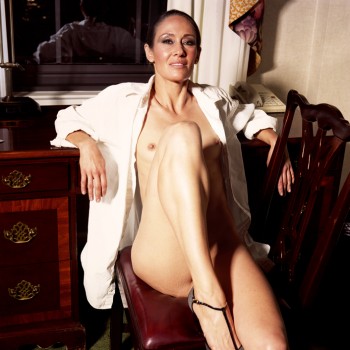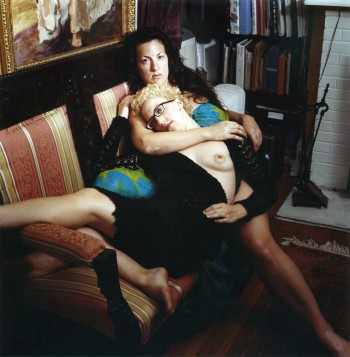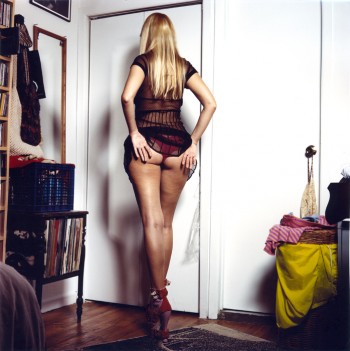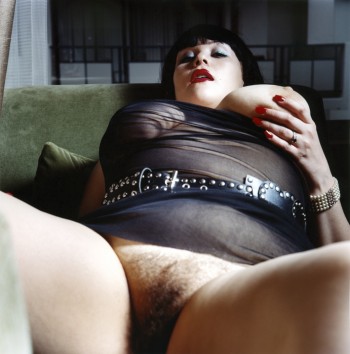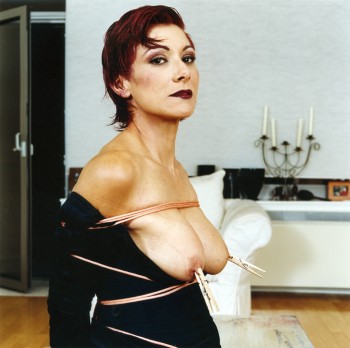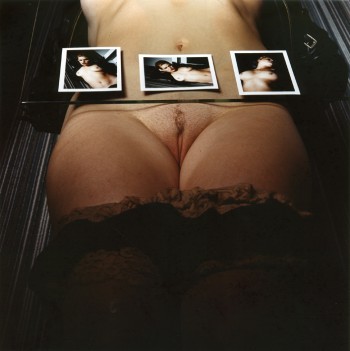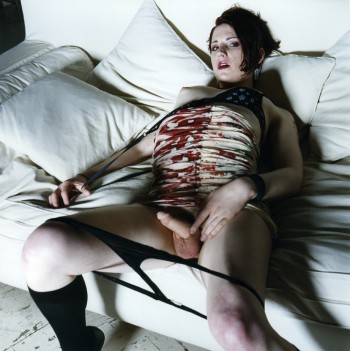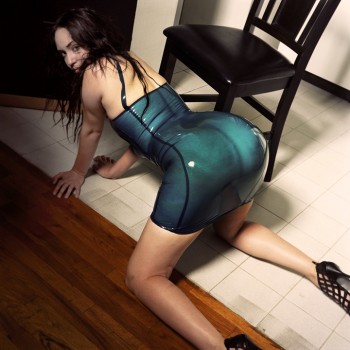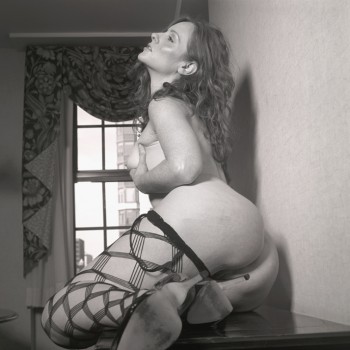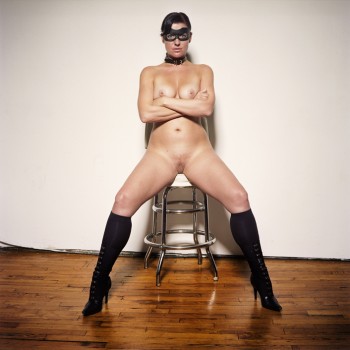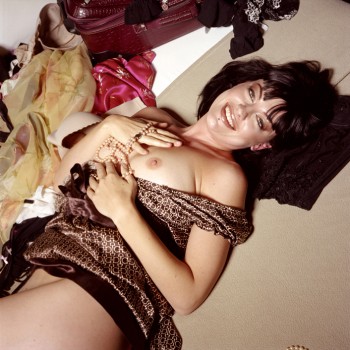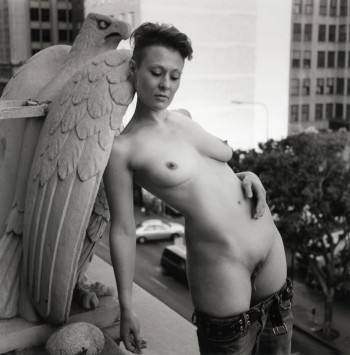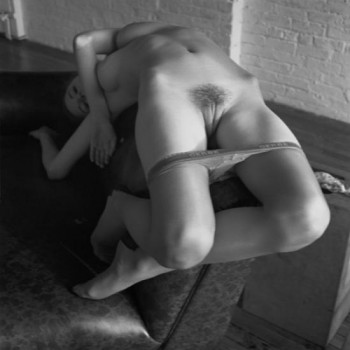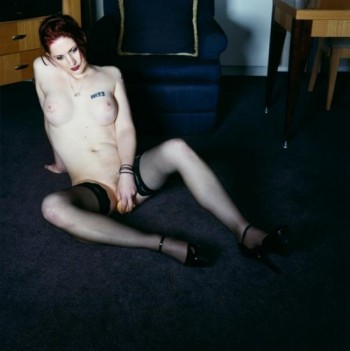George Pitts
Photographer, Painter, Writer
George Pitts is a Fine Art photographer, painter, and writer. His paintings, drawings, and photography have been shown in numerous exhibitions in the United States incl. New York at The Ledisflam Gallery, and The Drawing Center; Los Angeles: at The Antebellum Gallery, and Sometimes Madness Is Wisdom Gallery, and The University of California at San Bernardino; The University of Pennsylvania: Group Exhibition “This Is Not An Invitation To Rape Me” (March 2010); Illinois State University in Normal, Illinois; and abroad at Gallery Gora in Montreal; and in Tokyo. In 2009, The Kinsey Institute for Research in Sex, Gender and Reproduction selected his photograph for their “Juried Art Exhibition” and is now in their Permanent Collection in Bloomington, Indiana.
” I think of my photographic work as being close to the concerns of a painter, looking for aesthetic essences, established through an identification with each subject.”
7 Questions an interview
with
George Pitts
When did you become interested in photography?
I learned to print, process negatives, and take pictures as a teenager in private school in Arizona. It was in the early 1990s that I returned to Photography, after devoting most of my adult years to painting, drawing, and writing.
Do you have your own studio or are you working on location?
I work mostly on location, sometimes in the studio. I don’t own my own studio, and I think my photographs benefit from the flux of working in locations of all kinds, which links the work to how filmmakers create scenes in a variety of settings.
Do you have assistance or are you working alone?
I tend to work alone when doing my personal work, but not exclusively; and at times with hair and makeup artists, stylists, or eccentric creatives. I always work with an assistant on Editorial shoots, and certain projects that require travel, limited time, or when mentoring younger photographers.
Was it easy to find models when you started photographing nudes?
It happened casually in a community of artists where subjects surfaced through hanging out, or through referrals. Later, I endeavored to ask certain women if they would permit me to photograph them. After a time, my work was more visible in different spheres, and now I work steadily with a variety of individuals who come from all walks of life.
What do you prefer: digital or analog?
I shoot analog, but I haven’t arrived at a preference yet; but my intuitive knowledge and physical practice with the tools are deeply rooted in analog. I have issues with certain facets of the post-production entailed in shooting digitally. Yet I find it fascinating that the post-production ritual entails so many of the skills that are rooted in the art of painting, which remains the central influence on my Photography. Along with cinema.
Do you have other artist(s) who you admire and inspire you?
I like specific art works, and certain artists, mostly those who disdain easy sentimentality, including musicians, film directors, actors, writers, and photographers; such as: Scott Walker, Manet, Roxy Music, Lady Hawarden, Fassbinder, Vermeer, Cindy Sherman, Balthus, Billie Holiday, Hans Bellmer, Diane Arbus, Jacques Rivette, Isabel Sarli (the Argentine Sex goddess), Guy Bourdin, Beatrice Dalle (the unnerving actress), Vanessa Redgrave, Helmut Newton, Catherine Breillat (the most pitiless and insightful director of women’s perversity and sense of desire), Russ Meyer, John Singer Sargent, Tilda Swinton, Cy Twombly.
And, all the various subjects I shoot make me want to do the most eloquent job I can as an artist.
What is number one on your wishlist?
To create enduring photographs; publish numerous books; to stay healthy, vital, attentive, and loving.

